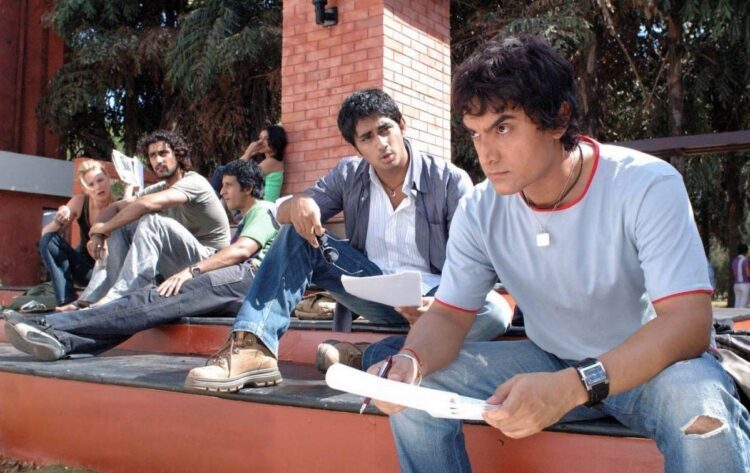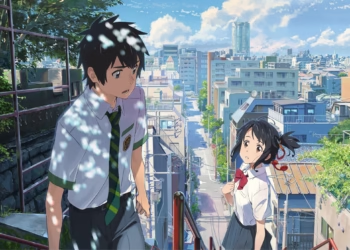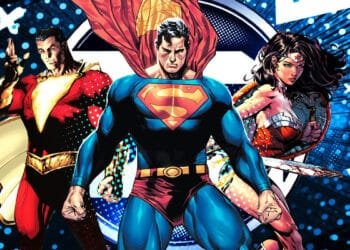In cinema, beauty is frequently regarded as a diversion, an embellishment, to be treated as a footnote in a critic’s critique of a work of art. The concept is that beauty can assist in making a message, but it cannot be the argument itself.
Filmmakers who have created a reputation for their attention to detail and visual maximalism are steadily chipping away at this perception.
What would cinema, as an audio-visual medium, be if it didn’t have beauty? Some of the most interesting films to come out of India, if not the world, are those that masterfully court visuals.
In an increasingly visual world — Instagram, TikTok, and Twitter, which recently abolished the automatic photo crop – treating beauty as a separate entity from the film’s “message” would be a grave mistake.
At BuzzPedia, we’re appreciating the aesthetics of the film by highlighting some of the most beautiful Hindi films of all time. It’s a matter of instinct and recollection as to what we consider beautiful.
Table of Contents
1. Barfi!
Murphy “Barfi” Johnson is a cheerful and lovely young man who was born deaf and mute in Darjeeling to a Nepali couple. Barfi meets Jhilmil, who is autistic, after Shruti leaves Barfi distraught.
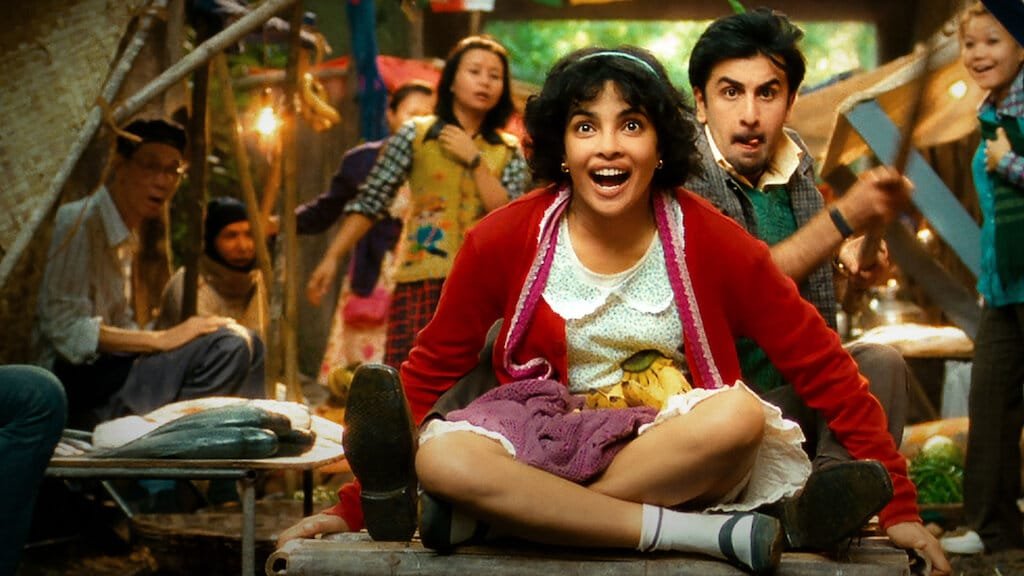
They create a strong friendship until Barfi runs into Shruti months later. This film ticks all the boxes in terms of aesthetics, with excellent acting and stunning scenery.
2. Ludo
Anurag Basu skillfully weaves together the plots of four different storylines, showing how each of their lives intersects with one another, much like the game of Ludo.

“Ludo” takes you on a lovely journey with a sex scandal, a suitcase full of money, a not-so-kidnapped girl, and unresolved scores.
3. Dil Se
The aesthetic richness connecting the different voices of a radio journalist and a suicide bomber makes this picture, a politically naive romanticization of tragedy with an erroneous use of a two-period ellipsis, difficult to ignore.
Santosh Sivan’s best work – a poetic symphony of body compositions, flaming eyes, beautiful skies, somber clouds, and aspirational smoke, reticent landscapes, conversational silences, and collective darkness – reflects that love is the only language they understand.
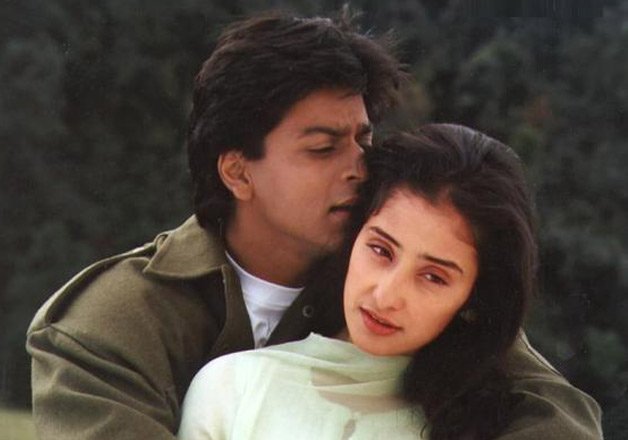
Every other frame serves as a story metaphor, with the mesmerizing permutations of primary colors daring to compete with Rahman’s most enveloping soundscape.
The result is unique: You can see the sound and hear the shots, both figuratively and literally.
4. Kai Po Che
The plot revolves around three stereotypically mismatched guys with disparate goals who open a cricket training academy.

But it is when they are confronted with natural disasters, political instability, and other challenges that they face their true fight begins. This film passes the aesthetic test and is a wonderful and heartfelt story.
5. Haider
When a young man named Haider travels to Kashmir during a brutal conflict to find answers about his father’s disappearance, he becomes entangled in a web of epic betrayals, existential crises, and tangled politics.

This film, which is set in Kashmir, is automatically beautiful to see.
6. Fitoor
Fitoor tells the narrative of Noor, a poor Kashmiri youth who is engaged as the stable keeper by the begum. He gradually developed feelings for the begum’s daughter.

She separates them by sending her away, which is unacceptable to the begum. This film is a delightful rendition of Charles Dickens’s “Great Expectations.”
7. Asoka
If narration must be sacrificed on the altar of visuals, I would argue that Asoka is the only way to go.
Santosh Sivan’s hypnotic blend of nature photography and music is an artistically attractive period epic starring Shah Rukh Khan as an emperor and a drop-dead gorgeous Kareena Kapoor as a warrior princess.
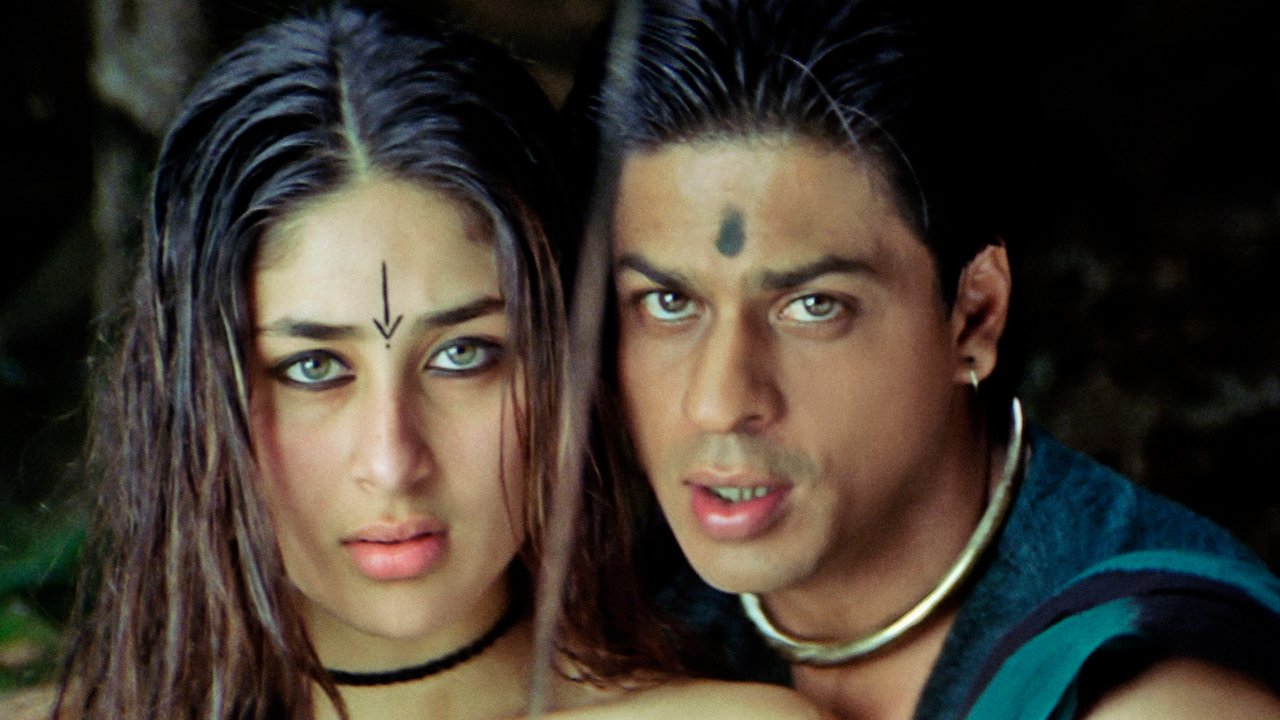
Anu Malik’s music has rarely blended so well with a historical backdrop. The song picturization in Central India is breathtaking, with Raat Ka Nasha’s “dancing raft” drifting along the Narmada and Bhedaghat’s craggy white gorges acting as natural reflectors for the water.
8. Jagga Jasoos
With the help of Shruti, a journalist, a bright and eccentric investigator embarks on an action-packed search for his missing father.
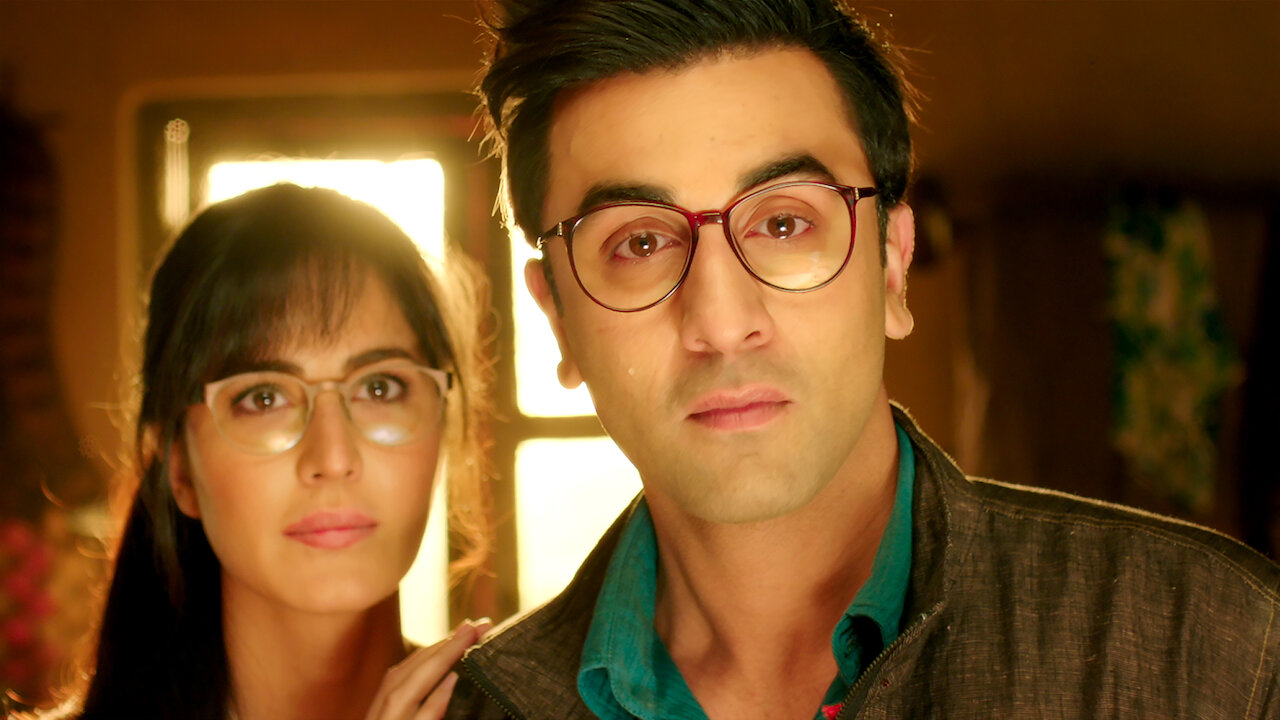
The film is a lighthearted and adventurous voyage through Jagga’s escapades.
9. Jodha Akbar
This huge periodic composition is one of history’s most well-known. The love story of Jodha, a fiery Rajput princess, and Akbar, the Mughal Emperor, defies all barriers and leads to genuine love.
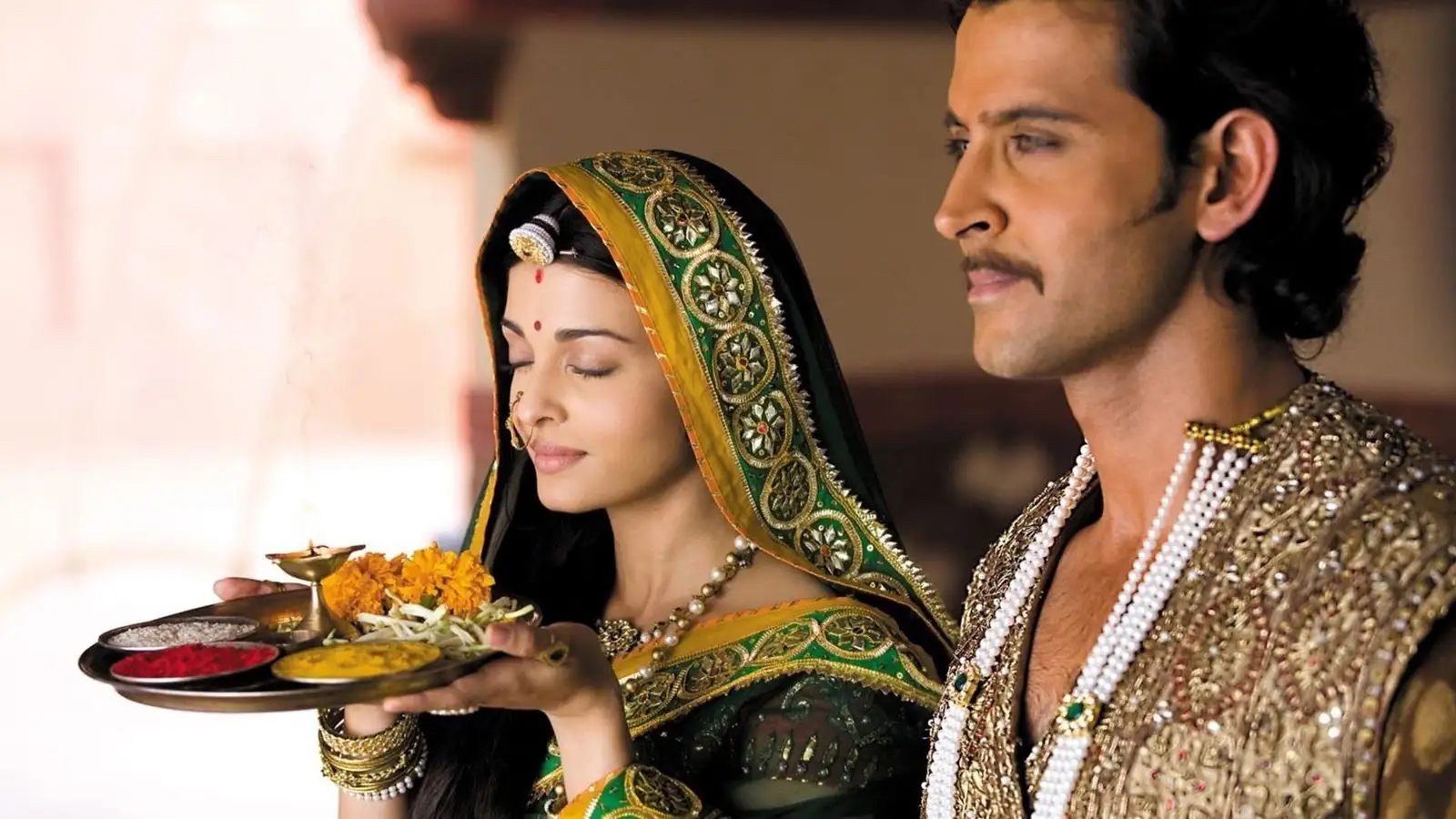
This one is a must-see, set in the 16th century with beautiful scenery and attractive scenery.
10. Delhi 6
While Rakeysh Omprakash Mehra’s collaboration with Binod Pradhan in Rang De Basanti was a tactile, hazy blur to express the bursting energy of youth, his work in Delhi 6 showed a wider range of elements, from the cloistered gullies of Delhi 6 to the spacious airy tomb of Taj Mahal, the symmetric rising and falling of people during the Azaan as a top shot, and even the crazier elements — the bouncy Who can forget the nostalgic lighting for ‘Masakali,’ which was whitened off to remove any extra color?
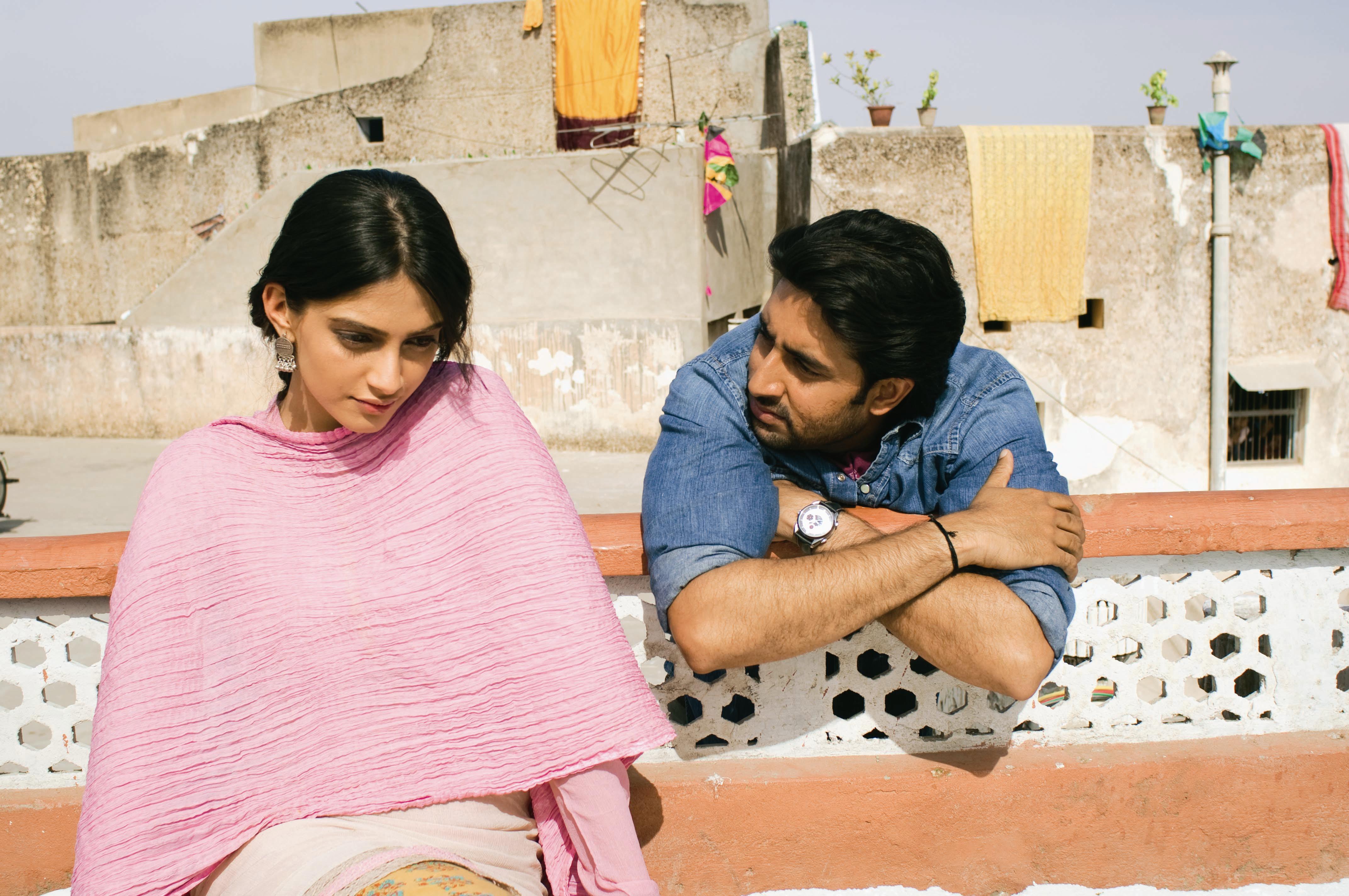
11. Rang De Basanti
The narrative of six young Indians who help English women make a documentary on historical independence heroes. The procedure reawakens their patriotism and transforms them into cause-driven rebels.

Rang De Basanti became the embodiment of modern patriotism for youngsters in the twenty-first century, with each new generation bringing with them a new style of patriotism.
12. Every Sanjay Leela Bhansali Movie
We always understood that films like Sawariya and Bajirao Mastani, Devdas, and Guzarish, no matter how well they did at the box office, were visually appealing.
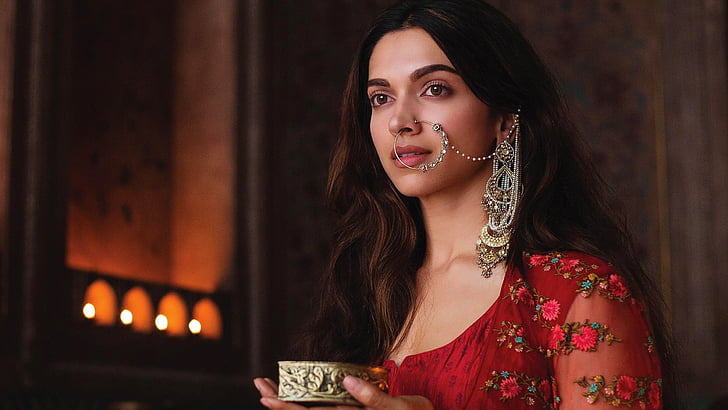
From picturesque scenes to soothing scenarios, there is always something to see. Regarding aesthetics, we know that every Sanjay Leela Bhansali film is a must-see.
13. Lootera
Mahendra J Shetty, the cinematographer, and Aditya Kanwar, the production designer, are enamored with Bengal’s old-world beauty in the 1950s.
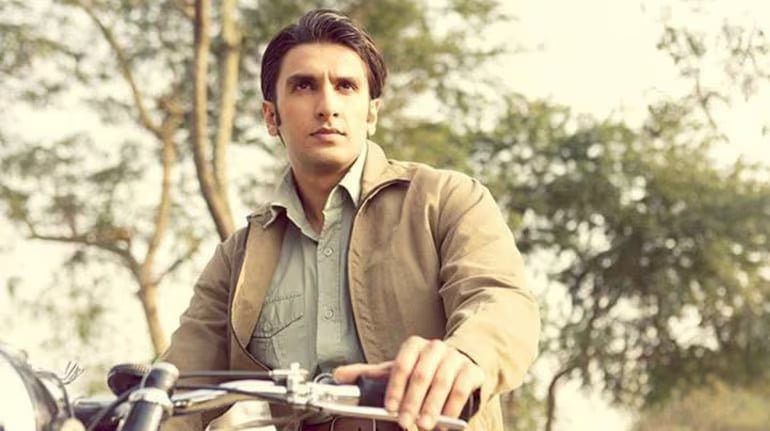
The high ceilings, arched doorways, checkerboard floors, wall-to-wall library, gramophone, colonial tea sets, majestic chandeliers, mosquito net under which Pakhi (the zamindar’s daughter) and her boyfriend first hug, and the maroon vintage automobile in which their affection blooms.
Lootera by Vikramaditya Motwane is wonderfully textured and detailed in every frame. Lootera’s sensual beauty and Amit Trivedi’s melodic background score make you yearn for more.
14. Bulbul
Bulbul’s storytelling is heavily influenced by color. The use of red and blue lighting is prevalent throughout the film, reflecting the protagonist’s mental environment.
The lighting shift that occurs after a violent, almost excruciatingly protracted abuse session is one scene that stands out.

Director Anvita Dutt intends for the audience to feel Bulbbul’s (Tripti Dimri) anguish by witnessing it. As the sequence finishes, the moon, which had previously had a blueish tinge, changes to a reddish color, capturing the harsh truth of the wrath, anguish, and inner metamorphosis that the titular figure goes through during this time.
Siddharth Diwan’s cinematography beautifully captures nineteenth-century Bengal. Dimri’s stunning shift from a naive young woman to a demi-goddess is aided by her outfits and hair just as much as by her overall disposition.
Also Read: 5 Countries You Can Travel Under 50K From India
9 Excellent Dance Sequences In Films That Play A Pivotal Part In Furthering The Narrative

